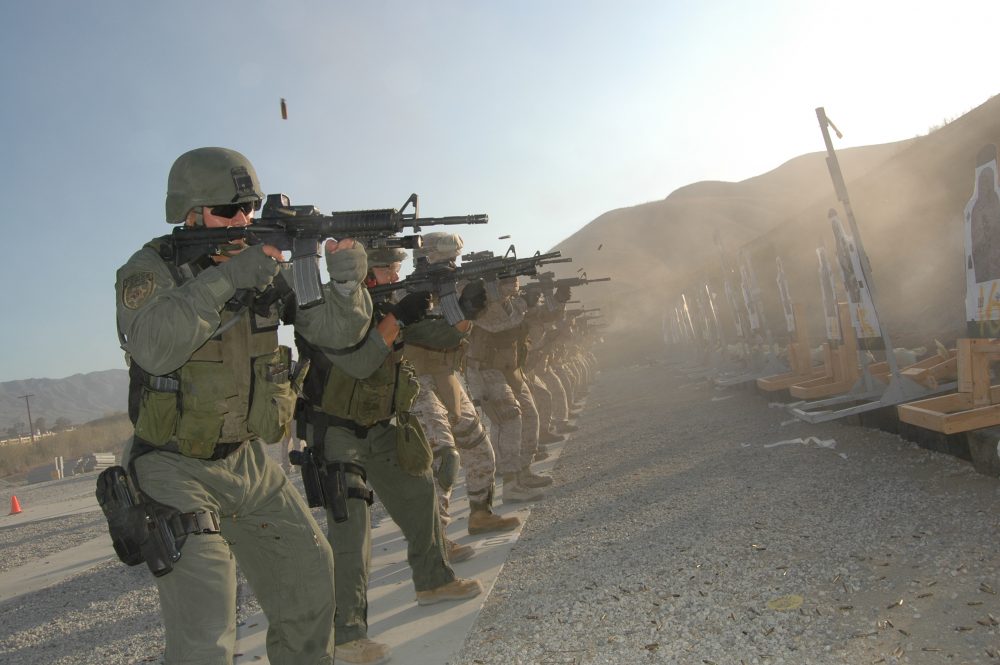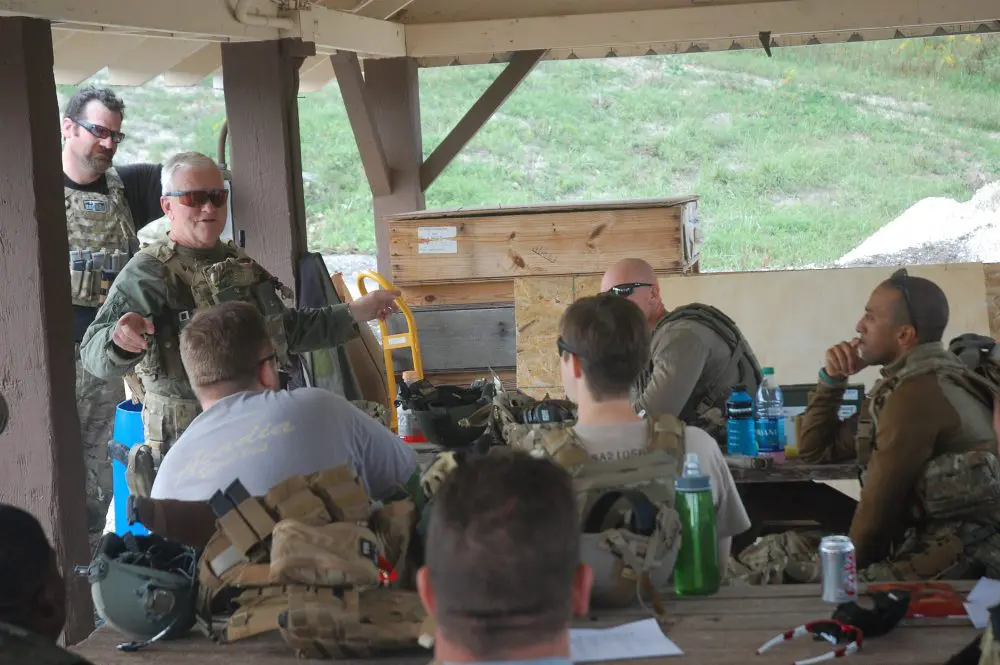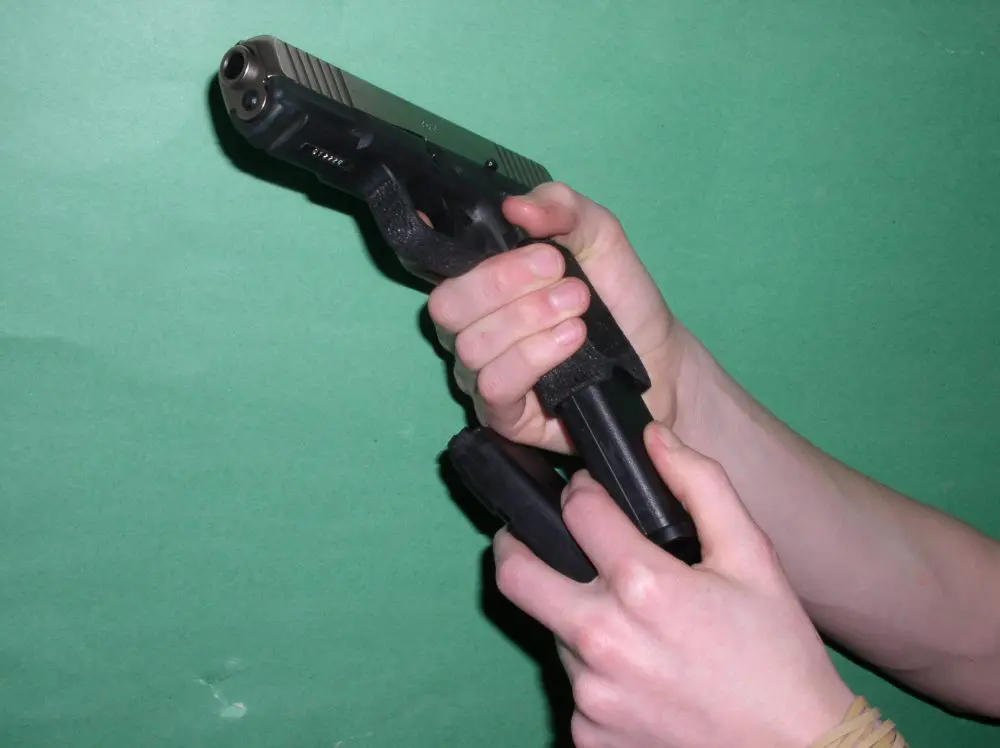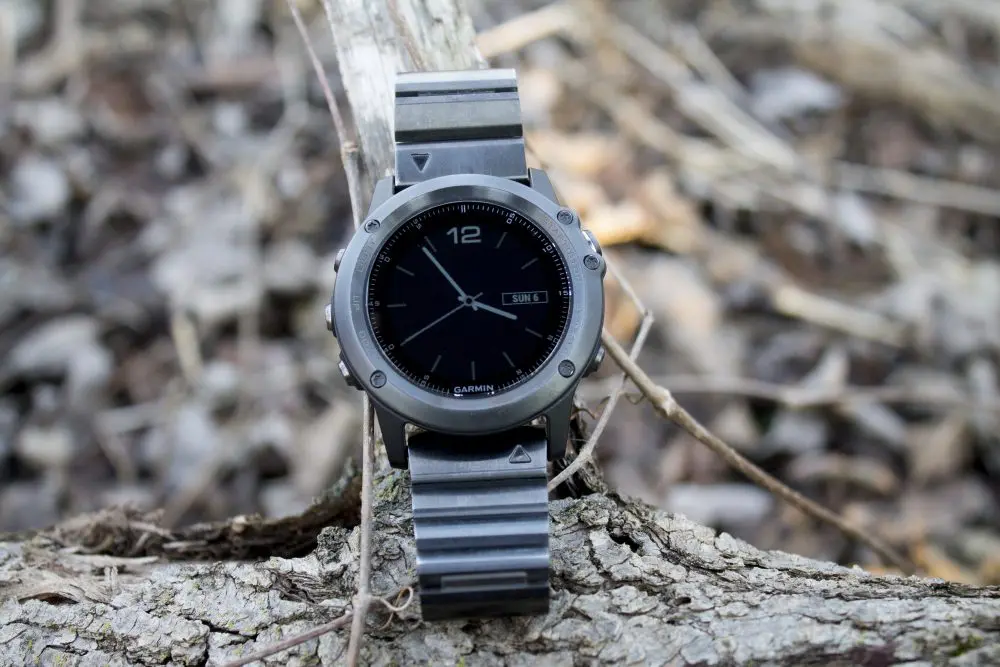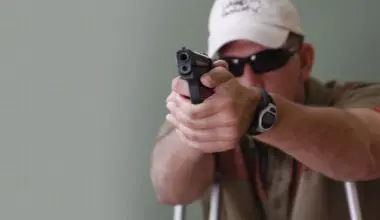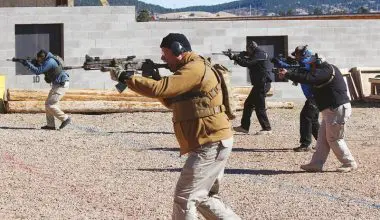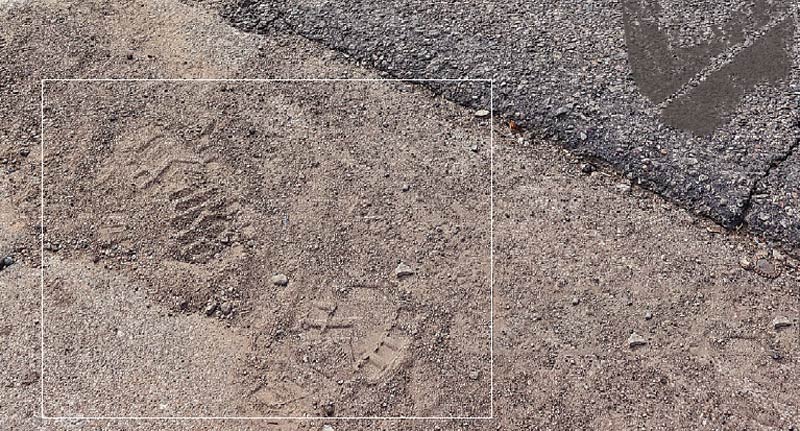
When we begin to get serious about survival and preparedness, it’s very easy to become obsessed with stuff. What equipment, how much food, where to store it, and so on. Even when we get wise and start looking at skills, it is easy to not prioritize what types of skills we’re most likely to use.
To me, shooting is one of the biggest culprits. Some people burn thousands of rounds (and dollars) a year learning how to shoot like an “operator.” Ask them to build a shelter or stitch a wound, and some of those folks who can hit a 200-yard target from urban prone look like deer in the headlights.
We are currently in the midst of a nationwide training glut. Classes for everything from fire starting to field surgery exist. This is a mixed blessing as, often times, the most dramatic trainers or courses get the most attention regardless of their practicality.
Table of Contents
SCIENCE OF TRACKING
I recently had the privilege of attending a tracking class with Greenside Training, LLC. Greenside has been around since about 2010, quietly developing the science of tracking and spreading that knowledge to the military and citizen communities.
Their origins lie in the Marine Corps’ now-defunct Combat Hunter program. While Combat Hunter taught both tracking and behavioral profiling, Greenside has planted their flag firmly in tracking territory. Greenside’s lead instructor, Freddy Osuna, is a former USMC Scout Sniper and lifelong tracker who took his first formal tracking class at the age of 13.
If tracking is not already on your short list of skills to acquire, I urge you to seriously reconsider. So many times, the focus of defensive or preparedness training is what you’ll need in the worst-case scenario. Tracking skills can be used in your everyday life and may help you avoid that really bad day before you wind up in one of those “It Happened to Me” columns … or worse.
Greenside offers a selection of tracking courses. I took Grayside Hunter Urban Tracking, which does have some overlap with open wilderness tracking.
The course utilizes a highly effective building-block format that starts with the fundamentals of man tracking, augmented with mini-scenarios along the way. The three-day course culminates in a full-profile urban environment FTX that requires application of everything learned in the days prior.
My preconceptions of tracking were completely shattered by this curriculum, and in the process I learned just how much “signature” most people leave behind them as they go about their daily lives. What follows are some of the specific things I learned about the human animal, and how to follow it, thanks to the professionals at Greenside Training.
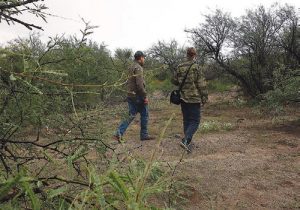
DAY 1: ENGAGING THE SENSES
Greenside’s intro-level fundamentals course is called Weaponize the Senses. I mention this because it truly captures the foundation of their entire program. Going into this class, I understood tracking to be all about staring at footprints in the dirt.
But the reality requires you to engage all your senses and become fully aware of your immediate environment. In a module that Greenside calls “Primal Learning,” students learned how human senses develop from birth to adulthood. More importantly, the instructors discussed how we train our senses to obey us, instead of simply allowing them to function uninhibited.
One way we do this is by using our senses in shifts: we can’t find our keys, and we get so caught up looking for our keys that we don’t hear our spouse across the room telling us they’ve found the keys. Part of effective tracking is learning to use your senses at the same time. Don’t focus on looking. Focus on finding, and relax your mind enough to allow all your senses to register.
Another common problem is letting our perceptions guide our senses, instead of the other way around. Example: you want a glass of milk. You always put the milk on the top shelf. When you open the refrigerator, the milk isn’t there. No matter how long you stare into the fridge, the milk is just not there … until your roommate walks up and grabs the milk, which was one shelf below where you normally put it. Often, when we expect to see our environment a certain way, our brains will make it so—regardless of the objective reality.
Another set of vital learning points on TD1 had to do with understanding how creatures move. I say “creatures” because we learned the principles of both animal and human tracking.
Canines, felines, and bears all have different footprints. Within those classes, there are common distinctive traits. The presence of claws, location and number of toes, and size of the central pad are some of the more obvious clues.
The way different types of animals walk, whether they are prey animals or predators, also affects how they leave tracks, based on things like speed of travel and gait.
Understanding all this translates directly into tracking humans. A footprint can reveal the speed and direction a person is traveling, their age and approximate size, and even if they have an injury or are carrying something.
The size, shape and depth of a footprint are all critical to painting a picture of the person you’re tracking. A running person leaves a print that is deeper in the toe area. A person walking with a heavy load leaves a print that is deeper and better defined in the heel area.
Greenside’s Index Tracking system teaches students how to read individual parts of the track to determine all these factors, as well as approximately how old the tracks are based on time, terrain, and weather conditions.
DAY 2: TEAM SPORTS
Building on lessons from TD1, the second morning of Grayside Hunter focused on the intricate details of footprints. Greenside instructors have some unique and very effective drills for teaching people how to recognize even the smallest similarities from one print to the next. This allows trackers to separate individual tracks in high traffic areas, whether hiking trails or sidewalks. Students are also taught to look for any kind of disturbance.
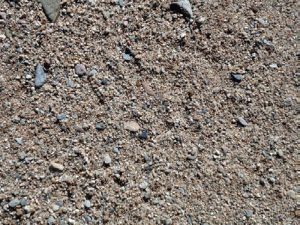
A “track” doesn’t always have to be a footprint. Sometimes it’s a flattened patch of grass in a traffic median, or some disturbed gravel in a parking lot.
There is also transference, which occurs when you walk over or near something and take a piece of it with you. If you find a scattering of dandelion petals on the ground 20 yards away from the nearest dandelion, that may indicate which direction your quarry is traveling.
This led to a short module on forensic tracking, a technique used by law enforcement and often portrayed in TV and movies, where detectives match a shoe print or tire track to a suspect’s footwear or vehicle.
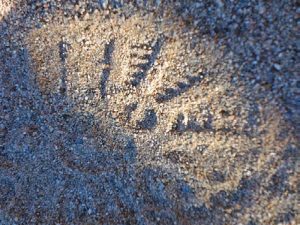
Greenside covered this, including some parts of the analysis process and what specific requirements are placed on law enforcement to qualify a print as substantive evidence versus prints that only give circumstantial evidence or probable cause. We used dental stone to pour casts of individual tracks for later analysis.
The remainder of TD2 shifted focus to the relationships among members of a tracking team. This was one of my biggest revelations of the entire class. Effective tracking is, without a doubt, a team sport. The silver screen stereotype of a lone mountain man following the trail from print to print is almost entirely false.
Our class was broken into five-man teams, including flank and rear security elements. In a tactical scenario, these elements provide the protection that allows trackers to do their jobs. In a search-and-rescue or forensic track, these people are redundant sensors and may be able to engage their other senses to collect supporting evidence, or they may be able to spot distant choke points or natural funnels to pick up a lost track.
Furthermore, I came to realize that following a person (or people) in real time requires much more reading of terrain than reading of footprints. Having a solid grasp of orienteering and land navigation greatly aids anyone interested in becoming a skilled tracker.
Hollywood portrays this as a sort of mystical ability to “enter the mind” of one’s quarry. In real life, it boils down to understanding how your surroundings—rural and urban— create natural channels for movement, and that human habits favor certain lines of travel over others.
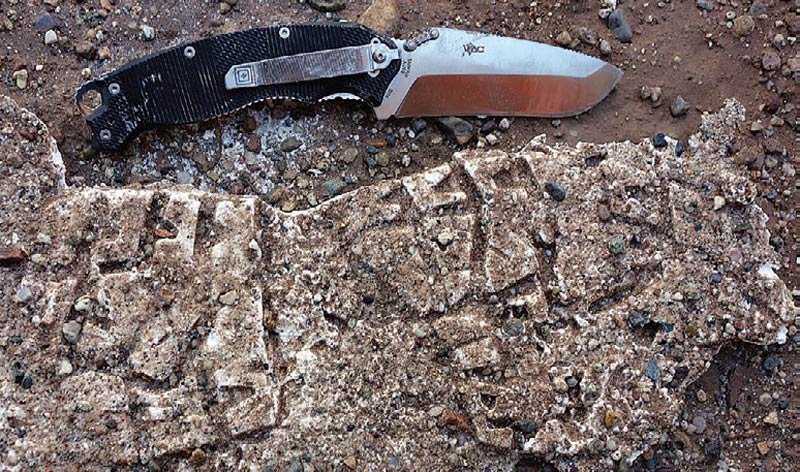
Under Greenside’s system, tracking breaks the world down into three separate atmospheres. The atmosphere of the living includes the sounds and movements of people and animals around the area of the track. The second is the atmosphere of the terrain, which I just discussed. The final atmosphere is the ground—reading physical prints left by the quarry. It’s last for a reason. The point is not to become fixated on footprints.
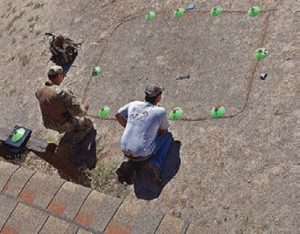
Tracking involves much more, and limiting yourself to tracking from print to print hinders your ability to track effectively.
DAY 3: WHEELS UP AND EYES ON
Our final day started with safety and mission briefs for our scenario-based final training exercise (FTX, in military parlance). After two days of tracking in the desert and then across an old western movie set, we would be tracking in real time in a real urban environment.
Split into two teams, our class was tasked with tracking a known player as a local narcotics trafficker and his accomplice. Our respective quarries had a 15-minute head start on us. Each team was required to report in via text every 15 minutes with the last known location of their target. I was fortunate enough to be the Team Leader for my five-man team.
We were shown a single footprint that was known to belong to our target. No other information was provided. Our first check-in report had to include an estimated description of the target and his direction of travel, based solely on the size, shape, and depth of the footprint.
From that point on, our team had no direct supervision whatsoever. It was entirely on us as students to follow the various tracks left by our target and navigate the hazards of a live urban environment on a Sunday afternoon—including actual drug dealers, vagrants, a downtown festival, and local police and security forces. (The other team followed their target along a set of train tracks and was immediately and aggressively tailed by the railway police.)
As the scenario unfolded, both targets wound up in the same location for a rendezvous. At this point, with the targets located, the tracking exercise was complete and the entire class moved to a hasty hide site on the fourth floor of a parking structure.
Freddy gave us a class on basic surveillance techniques and optics, covering tips for the proper use of spotting scopes, binoculars, tripods, and accessories.
This concluded the course, and the class took advantage of downtown on a Sunday afternoon for group lunch and swapping experiences and war stories.
Above and beyond the rest of the course, I want to stress how beautifully executed the final training scenario was. It was realistic, dynamic, completely immersive, and entertaining. It tied together all the learning points from the entire weekend very well.
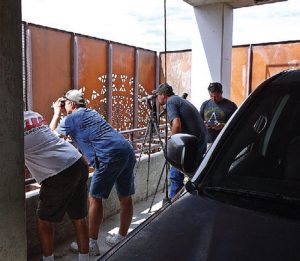
FTX TAKEAWAYS
- How little actual print is needed to track effectively. We rarely had a whole footprint to work with. At some points, we determined speed and direction of our target based on a 2×2- inch section of boot tread. In one case, all we had were displaced flower petals, but they were enough to stay on the trail.
- As noted, tracking is a team sport. This was even more apparent in an urban environment. Having well-trained teammates whom we trusted allowed us to move quickly without backtracking or losing the trail.
- Even in an environment made almost entirely of cement and concrete, a person leaves tracks and trails everywhere they go. Most people have no idea how many of these clues they leave in their wake.
OTHER APPLICATIONS OF TRACKING
While the primary focus of this course was tracking humans in real time, index tracking has dozens of applications for the safety- and survival-conscious person.
The animal tracking module armed me with knowledge of potential dangers while out hiking or camping. If I come across a footprint or disturbance in my yard or on my front walk, I now have greater ability to determine if it was just the postman or if somebody was casing my property.
The terrain reading and human locomotion material gave me a greater awareness of human behavior and possible indicators of nefarious activity in my neighborhood. This course material benefits everyone from all walks of life.
We had a one-day guest student who was six years old, and classmates who were in their 60s. Some were former military and law enforcement. Others were engineers and businessmen who are avid hunters and outdoorsmen.
Every single one of them finished Grayside Hunter with a better sense of themselves and their surroundings. When you take the course, you will too.
